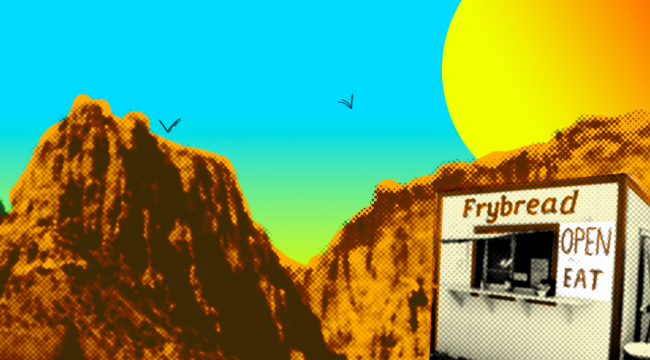
“In your head, they are dying.”
-Dolores O’Riordan
My father raised me off the rez in my mother’s white, European immigrant America. He didn’t want me trapped (mentally or physically) in a place that the country had abandoned. He wanted to be one of those dudes who watches NFL and Clint Eastwood westerns, buys Ford pickups, and chases their dreams. He wanted his boy to be an American.
When I was small, my father and his brother would take me and my cousins into the Olympic mountains to hunt deer and elk. I can still taste the morning mist on my tongue. If I close my eyes, I can still smell those ancient firs and cedars. I can hear the light crunch of the forest floor under my feet — a world dying and regenerating. The flutter of a raven. The slow, ominous creak of tree limbs older than the United States itself.
To this day, I can feel the chill of that mountain air in my bones.
The Power Of Food
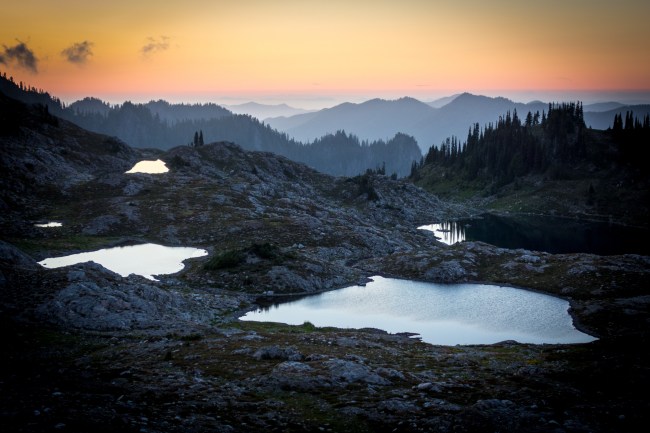
After most hunts, we’d head back to my uncle’s house. Maybe once a year, he’d make frybread. I never knew when it was coming, or why he chose to make it after certain hunts and not others, but when it did happen, I paid rapt attention. I’d study my uncle’s movements as he mixed white flour with milk. A can of Calumet baking powder came off the shelf next, the chief in the war bonnet always felt familiar, comforting even. The smell of gun oil wafted through the house as my dad cleaned rifles in the next room, sitting beside the fireplace.
My uncle always kneaded the soft, glutinous dough in the same big milk glass bowl. Next, he’d roll out little balls, flatten them into discs, and drop them in an old iron skillet, bubbling with canola oil. My job was to lay out the paper towels on a plate for when the hot rounds of dough came out of the oil. It was torture to wait even a minute for them to cool.
We ate our frybread with peanut butter and jam, sitting around the dining room table, as my dad shared stories about walking across the west in the ’60s. As a young man, he lit out to search for details about the life of his estranged father — a bare-knuckle boxer who knocked out the wrong white guy and was thrown in front of a train… by a sheriff.
On the road, dad slept under trees. He foraged for food. He crashed in the dorms at Berkeley. As an Indian, he also got arrested. A lot. He calculated once that he spent two non-consecutive years in jails between 1968 and 1974 for being an Indian with long black hair and daring to walk down the highway.
Listening to these stories while eating frybread imbued me with both a sense of adventure and a respect for the power of food — two of my life’s cornerstones.
A Touchstone Of American Indian Culture
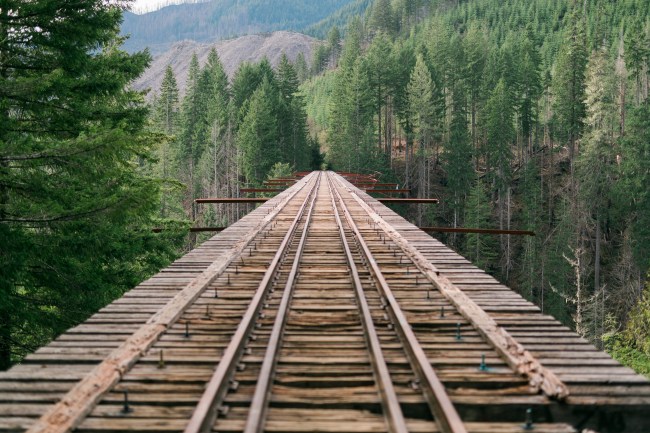
“Frybread is the story of our survival.”
-Sherman Alexie
Let’s go back. Frybread — or Bannock bread as it’s called up north — is food born from tragic necessity. In 1862, the U.S. government and Abraham Lincoln decided to rid the Arizona territory of the Navajo. The tribe had been fighting European/Spanish aggression for 300 years by this point. Their numbers were severely diminished over the centuries, due to disease and near constant war. By the time 1860 rolled around, the Navajo population had dwindled to 25,000 souls — getting raided and scalped by New Mexican militias and ranchers does that to a population. The settlers and U.S. Army needed food and feed for their animals, so they attacked the Navajo. The Indians retaliated by raiding ranches and outposts to restock their food supplies. Lincoln wasn’t going to let that shit fly.
In 1863, the president sent in the Army to sort this mess out. Apparently, they had the time and resources. They devised a “reservation” at Fort Sumner in New Mexico, a 40 square mile plot in a river bowl. They planned on interning 5,000 Navajo there. Leading the charge was noted murderous maniac, Kit Carson. He used a scorched earth policy to drive the Navajo from their land.
They burned thousands of peach trees in the vast orchards of Canyon de Chelly. They killed entire herds of goats, sheep, horses and cows. They burned it all — literally all — of the grazing land and destroyed thousands of irrigation systems that fed corn, beans, and other crops. They destroyed an unknown number of towns and villages. Scorched Earth. Then they waited all winter for the Navajo to starve, and thus surrender. Mind you, these were the good guys in the Civil War.
After the Navajo surrendered, some were sold into slavery further west. Ironic given that Lincoln had already given the Emancipation Proclamation. The rest were sent on what is called The Long Walk. A 300+ mile journey from Fort Defiance in western Arizona, across the Rio Grande, to Fort Sumner in New Mexico. Pregnant women and stragglers were shot. The train of people stretched to 10 miles. This was not a shining moment in the history of the United States Army, and it happened 50 different times. 50.
By 1865, after the last of these forced marches, 9,022 people lived in Fort Sumner. The U.S. Army had murdered two-thirds of the Navajo population to get them into what was, in essence, a concentration camp. They were interned and shot if they tried to leave. Remember that the plan was to hold 5,000 people at the fort. Disease would become endemic.
The Navajo planted a crop in the river bowl. Infestation destroyed it. They planted again. A flash flood destroyed it. There wasn’t nearly enough wood for fires. The water was too alkaline and thus not potable. Basically, they could not have picked a worse spot.
Soon, the U.S. Army had mass starvation on their hands. The preferred resolution option for the New Mexican governor and the militia was extermination. Instead, the U.S. Army spent $1.5 million in 1865 feeding the 9,022 Navajo and Apaches interned. That’s $166 per person or $2,595 per person per year in 2016 dollars. That included a set of clothes and a ration of food: tinned meat, flour, salt, water and lard.
Frybread was born from this desperation. No one could have predicted that it would become a touchstone of American Indian culture.
Not Exactly Health Food
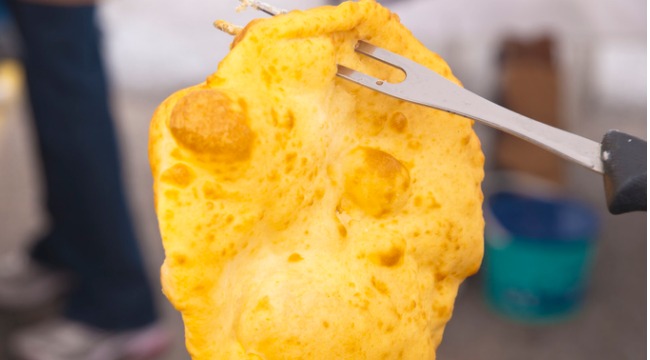
By 1867, the Navajo didn’t even bother trying to plant a crop. They were living off of tinned meat and frybread. Not exactly healthy, but — after endless failures and the complete destruction of their entire culture — they’d given up. The Apache who were interned hatched a plan and escaped. In 1868, Congress and a new president (Johnson) stepped in to mitigate the disaster. What came next is probably the most inexplicable thing to happen in the history of the American Indian’s dealings with the U.S. government: The president nullified the previous treaty, and sent the Navajo home. They signed a new treaty, and today the Navajo are the only tribe to actually live on almost all of their ancestral lands. They agreed to pay $5 a year to each person on the new reservation for living expenses ($90 in today’s money), provide education and health care (both would turn into debacles of their own), and that was that.
Two thousand Navajo adults made it back home in 1868. The damage to the land was still catastrophic. Their entire infrastructure was gone. The loss of 90% of their population caused a genetic bottleneck which plagues the tribe to this day. These are not the ideal conditions for improving eating habits. Frybread remained a cornerstone of the diet.
Kit Carson went back to ranching after the madness he orchestrated in America’s southwest. Later in his life, he lobbied on behalf the Utes to the government, urging the powers that be to treat American Indians fairly. He’s even noted for pointing out that to judge the Indian for raiding white settlers after forced starvation isn’t fair. Ironic that one of history’s most savage murders of Indians became a voice of reason.
Fort Sumner was sold to the rancher Lucien Maxwell. He famously hid Billy the Kid in his ranch house, the former Army headquarters. That’s where Pat Garrett shot Billy. The gunslinger’s grave is on site. So in one last ironic twist of fate, the place of one of the nation’s greatest travesties has become no more than a kitschy tourist stop for people to buy t-shirts.
In 2005, the Navajo opened the Bosque Redondo Memorial in Fort Sumner, New Mexico.
As more and more tribes were starved out of existence and forced onto reservations, they received the usual ration of tinned meat, flour, water, salt, and lard. For a time, frybread was the one luxury item on the reservation diet. Eventually, it morphed into something entirely different. It became a symbol of culture. Not just a single tribe’s culture, but of Native culture across the reservation system west of the Mississippi. It was a point of pride, something that people argued about when they saw one another at pow wows or rodeos.
But even in Indian Country, the things we love and attach ourselves to are killing us. This dish isn’t exactly health food. It’s milled wheat, salt, and fat. Then it’s usually topped with sugar and/or more salt. With health issues plaguing the American Indian community, the food that has come to define the culture is also killing it. “Everything within moderation,” my grandmother would always say, spreading jam on her frybread. That’s probably true, but most reservations remain food deserts. The alternatives are still sparse.
A Complicated Relationship
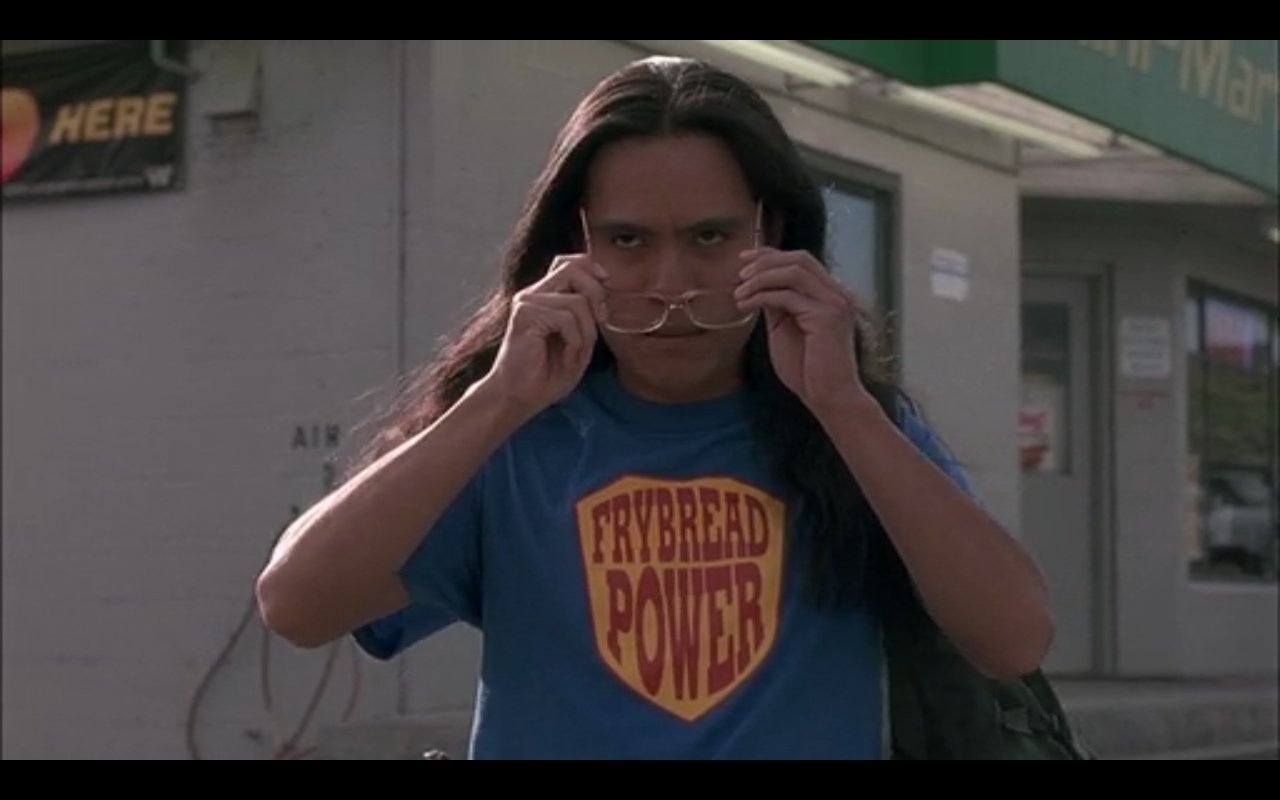
“I’m a brown-skinned man. That’s what I am. I gotta guitar and a gun. That’s where I come from.”
-Willie Dunn
I work from home. My two sons are in school all day. My wife is at her job. I like the isolation. I play the guitar. I write scripts. I research. About once a year, I’ll make a batch of frybread. My uncle and dad learned to make it from their grandmother on the Skokomish Reservation in the 1950s, and that’s the recipe I use, too. It always takes me back to 1994 when my mom, dad, and I spent a long May driving all over the American West. We stopped at so many reservations. We ate so much frybread. Each shack made it a little differently.
I can still hear the warm wind of the desert billowing when I think back on how the Navajo style frybread, served with cinnamon and sugar, burned the roof of my mouth. I can smell the blooming grass of the plains as frybread topped with chili and jack cheese turned into a blissful mess outside of Little Big Horn. I can see the jagged grey and white peaks jut into the bluest of blue skies somewhere on the Flathead reservation, where big rounds of golden frybread were piled high with slow-roasted buffalo ribs.
The variations on the dish are almost endless. It’s become a food outside of reservation life, too. From food trucks in Seattle to gastro pubs in Santa Fe, it’s starting to pop up on menus. That makes sense. It’s a delicious and versatile vehicle.
As I make my frybread, it’s hard not to think of the decay of my reservation. It’s hard not to want those road trips with my dad back. He died at 57, which a white mourner made sure to point out was, “A long life for an Indian.”
Mixing the flour and milk, I wonder how many times my great-grandmother combined these same ingredients. She grew up knowing the language, culture, and religion of her people. And she lived long enough to see all three go extinct.
By the time I was born, we were assimilated. Is frybread the cornerstone of our survival? Should we banish the food as a symbol of America’s long indifference as to whether we live or die? Or maybe we’d be better to just give it up voluntarily because it’s f*cking unhealthy and killing us.
Part of me wants to protest frybread. Part of me can’t let it go.
Zachary Johnston is a director, writer, traveler, and part-time chef and mixologist. You can see for yourself on Instagram @ztp_johnston, or on Twitter@ZTPJohnston.
More Photos






